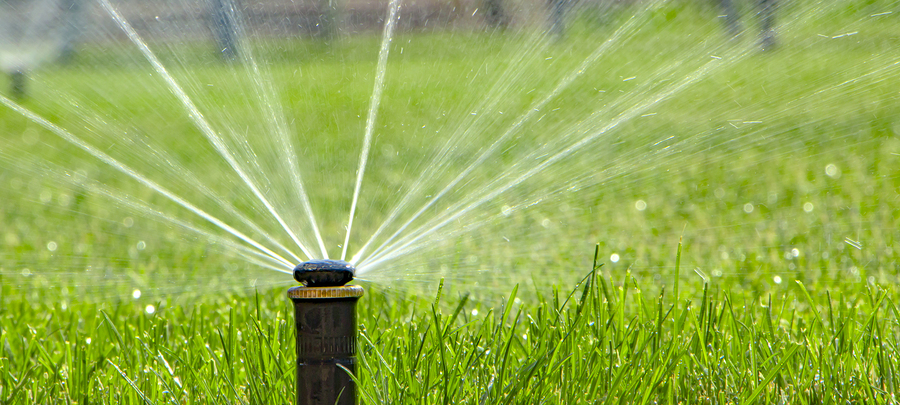TDI Blog
Lawn Watering TIPS!
Proper watering nourishes lawns, just as proper hydration nourishes our bodies. Yet too many of us are failing at both. We're not going to lecture you about drinking more water. But we are going to give you a lesson about correctly watering your lawn.
Here are five common lawn-watering mistakes that you're likely making right now and ways you can fix those mistakes.
1. You're over-watering your lawn.
Many homeowners drench their lawns with water. However, that's not beneficial. Over-watering can promote fungus and other diseases. It also can cause your lawn to grow too quickly and can wash away fertilizers. In addition, drowning your lawn wastes water.
Generally, most lawns need 1 to 1.5 inches of water per week. However, that's merely a rule of thumb, watering requirements vary according to grass type, climate and seasonal changes.
2. You're under-watering your new lawn.
While your existing lawn may be getting too much water, your newly planted lawn may not be getting enough. A new lawn is in a "critical stage" during its first year. You CAN NOT rely solely on rainfall to establish a healthy, deep root system.
How much irrigation you do depends on factors such as the type of grass and the climate.
3. You're not monitoring your irrigation system.
If you've set up an automatically timed irrigation system to water your lawn, don't put it on autopilot.
For instance, if it's been steadily raining the past two days, your sprinkler system should be off for a while afterward.
4. You're watering your lawn at the wrong time.
The worst time to water your lawn is when you're probably sound asleep. Watering after dark soaks the lawn overnight; a soggy lawn invites fungus and other diseases to invade your grass.
When's the best time to water your lawn? Around 4-8 a.m., before many of us have sipped our first cup of coffee.
Watering the lawn early in the morning gives it a good supply of water to survive the heat of the day. Early morning also tends to be when wind speeds are lower and, therefore, when water evaporation is less likely to occur.
5. You're assuming that you've got to water brown grass.
When your lawn is brown, you might think it's parched. However, it may simply have gone dormant during hot weather or drought conditions.
Dormancy is simply a state of reduced water usage where the turf focuses resources on the roots. Dormant turfgrass will turn brown and is often considered unsightly, but it will recover when conditions improve.
In other words, brown grass doesn't necessarily equal dying grass.
Summer dormancy is a normal response to heat and drought, and most lawns can stay dormant for at least three to four weeks without dying.
When you subscribe to the blog, we will send you an e-mail when there are new updates on the site so you wouldn't miss them.





Comments